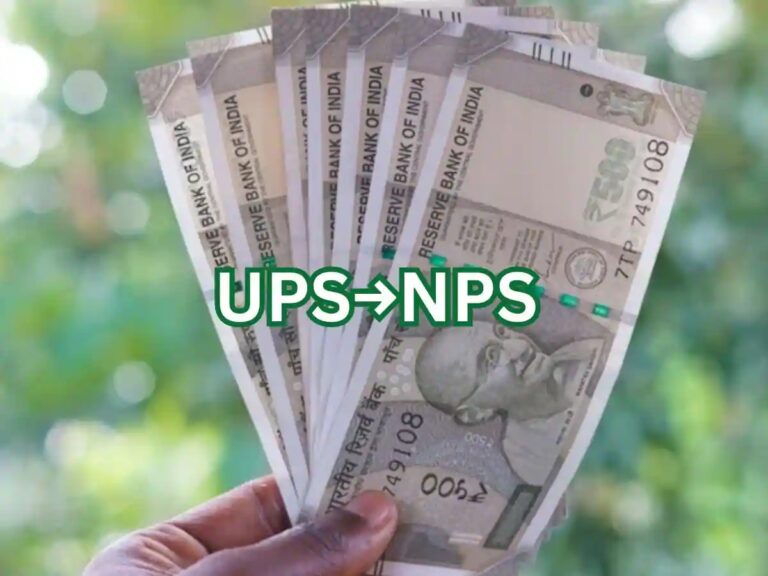
Employee Demands Highlight Gaps in Unified Pension Framework
Central government employees are increasingly calling for structural adjustments to the Unified Pension Scheme (UPS), which has been implemented as a replacement for the National Pension System (NPS). Key concerns include the exclusion of early-retiring paramilitary personnel from immediate pension benefits and the lack of provisions for dependent children of single parents. These demands underscore growing dissatisfaction with the UPS, which has faced tepid adoption rates despite its promise of guaranteed payouts. Under the current framework, staff who resign before completing 10 years of service forfeit their accumulated pension corpus, a policy critics argue is overly punitive for younger employees. Additionally, the absence of provisions for children of single parents has sparked debates about the scheme’s adaptability to modern familial structures. These issues have been brought to the attention of the Joint Consultative Machinery, which is tasked with addressing employee grievances and refining the pension framework.
UPS Adoption Stalls Amid Financial and Structural Concerns
The transition from NPS to UPS has seen minimal uptake, with only 1% of the 2.7 million enrolled employees opting for the new scheme. Central paramilitary forces, which constitute 30% of the NPS workforce, remain particularly reluctant. Under UPS, these personnel must wait until age 60 to receive pensions, compared to immediate payouts under the previous system. This delay has been a major deterrent, with officials citing the financial strain of investing 80% of their corpus in annuities. Meanwhile, the UPS guarantees a 50% pension of the final salary for those with 25 years of service, indexed to inflation, but lacks the flexibility of the NPS, which allows 60% tax-free withdrawals. These disparities have left many employees weighing the long-term benefits of UPS against the immediate financial advantages of NPS.
Comparative Analysis of Pension Benefits and Employee Resistance
The contrast between NPS and UPS has become a focal point for employee advocacy groups. Under NPS, staff can withdraw 80% of their corpus as an annuity and retain 20% as a lump sum, offering greater financial autonomy. In contrast, UPS mandates full investment in annuities, with no flexibility for lump-sum withdrawals. This rigidity has been a significant barrier to adoption, particularly among paramilitary personnel who face stricter eligibility criteria under the new scheme. The government’s decision to extend the transition deadline to September 30 reflects the urgency of addressing these concerns. However, the extension has not yet spurred widespread participation, with many employees citing the loss of retirement gratuity and death benefits as critical factors in their decision-making process.
Financial Implications and Government Reforms
Employees are also scrutinizing the financial mechanics of UPS, particularly the contribution rates. While the government has increased its share from 14% to 18.5%, the 10% employee contribution remains a point of contention. Critics argue that resigning employees should reclaim their contributions, even if the government’s share is forfeited. This demand highlights the lack of safeguards for those who leave service prematurely. To ease the transition, the government recently extended retirement and death gratuity benefits to UPS participants, a move intended to placate dissent. However, the debate over pension flexibility and financial security continues, with employees advocating for a system that balances stability with adaptability to modern workforce needs.
Ongoing Debates and Future Implications
The push for UPS reforms underscores broader tensions between institutional stability and employee welfare. While the scheme aims to provide assured pensions, its rigid structure has left many employees feeling financially vulnerable. The low adoption rate and persistent demands for modifications suggest that the current framework may not fully address the diverse needs of the workforce. As the deadline for opting into UPS approaches, the government faces mounting pressure to reconcile employee concerns with fiscal constraints. The outcome of these negotiations will shape the future of pension reforms in the public sector, balancing the need for financial sustainability with the imperative to protect employee benefits in an evolving economic landscape.



